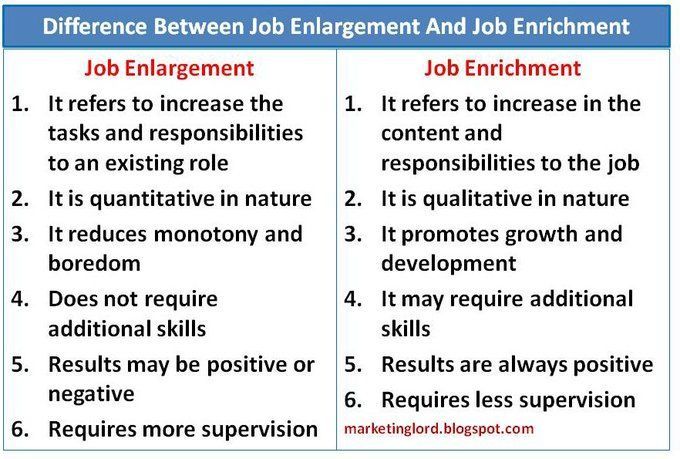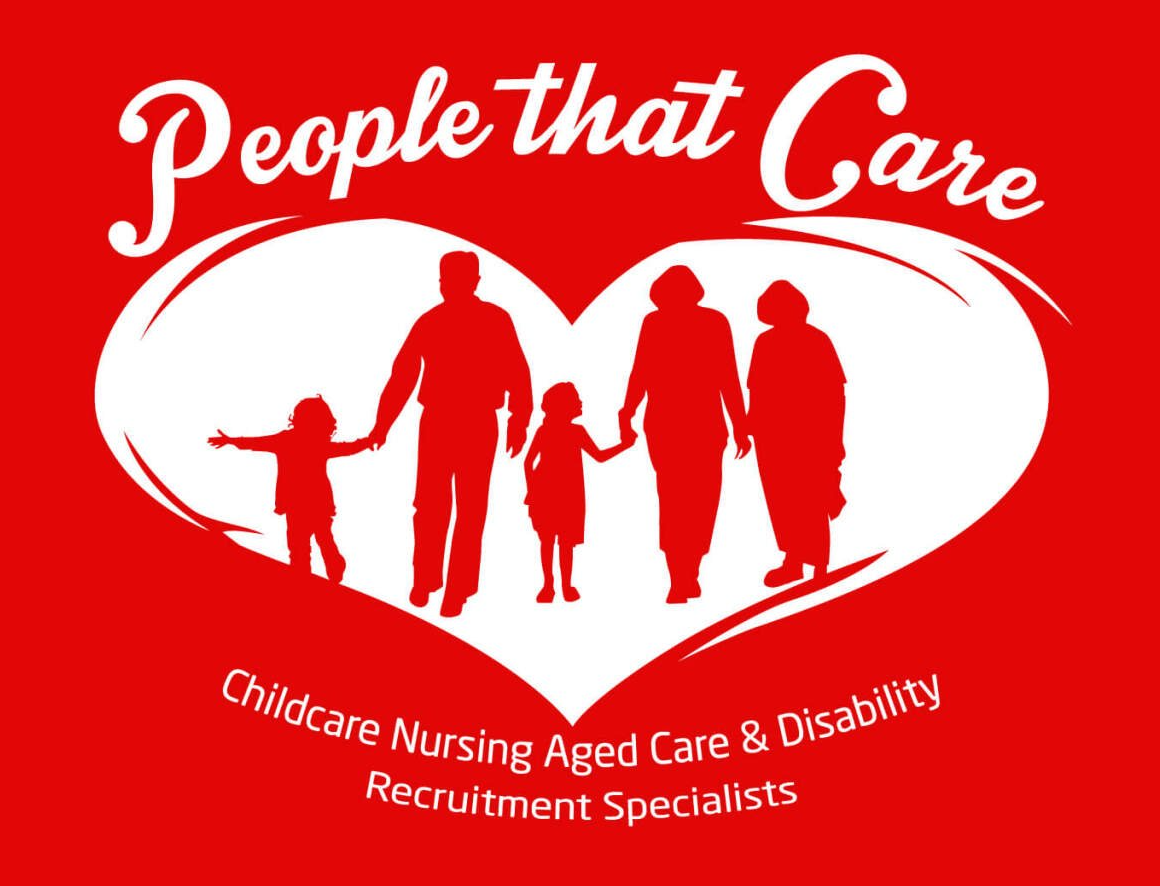The Pitfalls of Unsuccessful Onboarding
Successful onboarding is crucial because it sets the tone for the new hire’s entire tenure. It helps new employees feel welcomed, valued, and integrated into the company culture, increasing engagement and productivity. Effective onboarding clarifies roles, expectations, and company norms, reducing uncertainty and stress. Unfortunately, many companies don’t realise these and are not taking steps to improve their onboarding process.
Aside from decreasing productivity among employees, unsuccessful onboarding can lead to higher turnover rates. Below, check out some of the pitfalls of unsuccessful onboarding.
1. Misalignment in Expectations
Misalignment in expectations can occur due to a wrong onboarding process when there is a discrepancy between what new hires anticipate and what the organization delivers. If the onboarding process fails to provide clear and accurate information about job roles, responsibilities, and performance expectations, new employees may develop unrealistic expectations about their duties and performance standards. When their job responsibilities do not align during onboarding, it can lead to frustration, confusion, and dissatisfaction.
Moreover, if companies do not effectively communicate organizational culture and values during onboarding, new hires will have misconceptions about the work environment, team dynamics, and company values. It can result in a lack of alignment with the organizational culture and difficulty adapting to the company’s norms and expectations.
In addition, new hires can feel disillusioned and disengaged if the onboarding process does not adequately address career development opportunities, leading to decreased morale and retention rates.
Overall, misalignment in expectations due to a wrong onboarding process can lead to decreased employee satisfaction, productivity, and retention, highlighting the importance of implementing a comprehensive and transparent onboarding program that effectively aligns new hires’ expectations with organizational realities.
2. Not Following a Good Onboarding Structure
Failure to follow a good onboarding structure can have several negative consequences for the organisation and its employees. Without a structured onboarding process, new hires may feel disoriented, unsupported, and disconnected from the organisation, resulting in decreased morale and engagement levels. In most cases, this can lead to higher turnover rates as employees may seek opportunities elsewhere due to a lack of integration and dissatisfaction with their initial experiences.
A poor onboarding structure can also hinder employee productivity and performance. Without clear guidance on job responsibilities, expectations, and training, new hires may struggle to understand their roles and effectively contribute to the organisation, resulting in reduced efficiency and output.
A lack of proper onboarding can impact team dynamics and collaboration. New hires who feel isolated or unsupported may struggle to build relationships with colleagues and integrate into the team, leading to communication barriers and decreased collaboration.
Furthermore, a deficient onboarding process can damage the employer’s brand and reputation. Bad experiences during onboarding can spread through word-of-mouth and online reviews, deterring potential candidates from applying to the organisation and tarnishing its image in the eyes of stakeholders and the broader community.
Failure to implement a good onboarding structure can result in decreased employee satisfaction, productivity, retention, and damage to the organisation’s reputation, underscoring the importance of investing in a comprehensive and effective onboarding program.
3. Not Providing Proper Introductions and Relationships
Several negative consequences may occur if companies fail to provide proper introductions and foster relationships during onboarding. Firstly, new hires may feel isolated and disconnected from their colleagues and the organisation. Without meaningful introductions and opportunities to build relationships, employees may struggle to integrate into the team, leading to feelings of loneliness and disengagement.
Moreover, a lack of relationships and support networks can hinder collaboration and teamwork within the organisation. When employees do not know each other well or feel comfortable reaching out for help, it can impede communication, knowledge sharing, and problem-solving, ultimately impacting productivity and performance.
Furthermore, without good relationships and mentorship opportunities, new hires may experience problems in professional development and career growth. Mentors and colleagues can provide guidance, feedback, and support, helping new employees navigate their roles and overcome obstacles.
In addition, the absence of proper introductions and relationships during onboarding can contribute to higher turnover rates. Employees who feel disconnected and unsupported are more likely to seek opportunities elsewhere, leading to increased recruitment and training costs for the organisation.
4. Not Providing Adequate Training
Under research findings, the effectiveness of well-executed training during the onboarding process plays a key role in reducing employee turnover. When businesses provide extensive training, recruits are better equipped to function, which reduces errors, improves efficiency, and increases overall productivity. Without proper training, employees may feel overwhelmed and unprepared to meet the demands of their roles, resulting in frustration and unnecessary stress.
Proper training not only encourages abilities but also increases employee morale and job satisfaction, which improves retention. Furthermore, it reduces the likelihood of costly errors, safety violations, and reputational harm, assuring stability and compliance. Furthermore, by emphasising continuous learning and skill development, businesses can prepare employees for long-term success, supporting career advancement and potential.
Notably, during training, studies indicate that it is important for organisations to actively recognise and address the learning needs of new employees. Tailoring training programs to cater to diverse learning styles and preferences ensures that employees receive the necessary support to excel in their roles, helping to provide a more inclusive and effective onboarding and training experience.
It is also important to continue to provide ongoing learning and skill development initiatives, as this ensures that employees stay current with industry trends, adapt to evolving job requirements, and foster a sense of personal and professional fulfilment, contributing to their overall well-being and job satisfaction.
5. Micro-Managing
Companies should avoid micromanaging since it can hinder the development of trust and autonomy between managers and new hires. Constant supervision and scrutiny may signal a lack of confidence in an employee’s abilities, undermining their sense of empowerment and motivation.
Moreover, micromanaging during onboarding can stifle creativity and innovation. When employees feel constrained by rigid directives and strict oversight, they may be less inclined to explore new ideas or approaches, hindering the organisation’s ability to adapt and innovate.
Furthermore, excessive micromanagement can lead to stress and anxiety among new hires. Constant scrutiny and pressure to meet unrealistic expectations can contribute to burnout and decreased job satisfaction, ultimately impacting employee retention and morale.
Additionally, micromanagement during onboarding may impede the development of critical thinking and problem-solving skills. Instead of encouraging independent decision-making and learning from mistakes, micromanagers may create an environment of dependency and fear of failure, inhibiting professional growth and development.
By providing clear expectations, guidance, and support, managers can empower new hires to take ownership of their roles, contribute meaningfully to the organisation, and thrive in their new positions.
Conclusion
In summary, the pitfalls of unsuccessful onboarding highlight the critical importance of investing in effective onboarding processes. Failing to provide clear expectations, adequate training, and support during onboarding can lead to misalignment in expectations and several other negative consequences. Addressing these common pitfalls allows organisations to cultivate a positive onboarding experience, setting new hires up for success.
In today’s fast-changing workplace landscape, where remote work, varied teams, and dynamic job responsibilities are becoming common, a well-executed onboarding process is essential. It not only mitigates the obstacles caused by these ever-changing environments but also guarantees that employees have the necessary skills and knowledge to succeed in their careers. A successful onboarding can help to increase engagement, lowering displacement, and promote a smooth integration into the workplace of today.
Source: https://gethppy.com/employeerecognition/the-pitfalls-of-unsuccessful-onboarding#google_vignette


